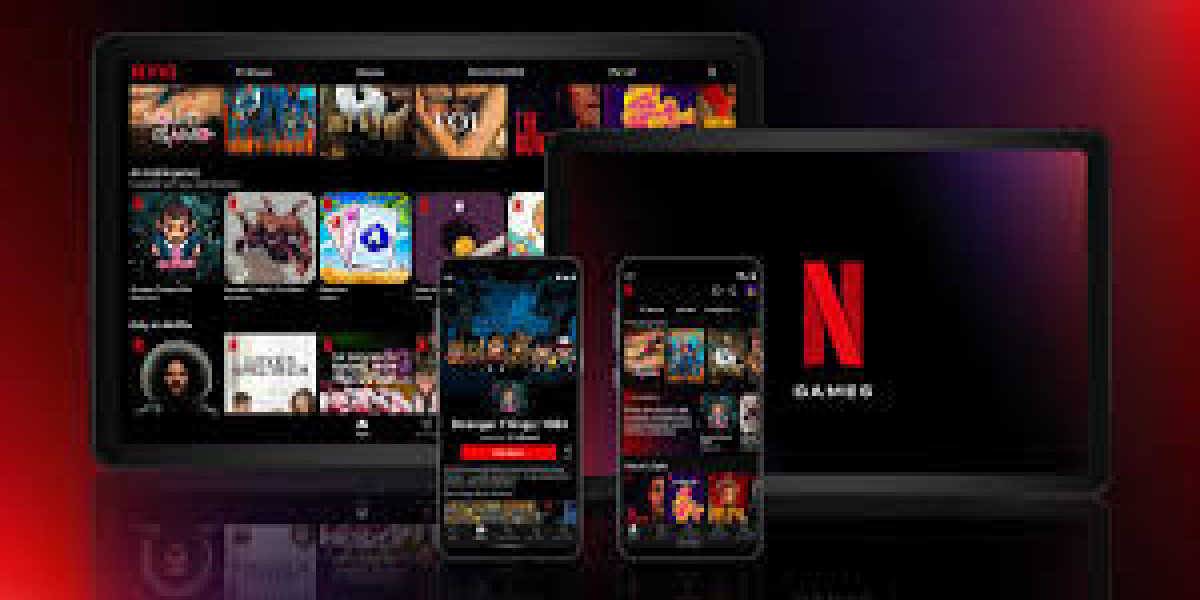Movies and animation have been two of the most powerful storytelling mediums for over a century. They transport audiences into new worlds, evoke emotions, and often reflect the social and cultural values of their time. But the journey from the early days of cinema to today’s visually stunning productions is nothing short of extraordinary.
The Early Days of Cinema
The first motion pictures were simple, silent, and black-and-white. Audiences marveled at short clips of moving trains or people walking — everyday events that felt magical at the time. By the 1920s, silent films had become a cultural phenomenon, with stars like Charlie Chaplin entertaining millions.
The introduction of synchronized sound in the late 1920s changed everything. Films like The Jazz Singer ushered in the era of “talkies,” transforming cinema into a more immersive experience.
The Rise of Animation
Around the same time, animation began to captivate audiences. Walt Disney’s Steamboat Willie (1928) introduced synchronized sound to cartoons, making Mickey Mouse an instant star. The 1930s and 1940s were considered the “Golden Age of Animation,” with classics like Snow White and the Seven Dwarfs and Looney Tunes.
Animation wasn’t just for children; it was a new art form that allowed endless creativity.
The Modern Era: Blockbusters and CGI
By the late 20th century, technology reshaped both movies and animation. Blockbuster hits like Star Wars and Jurassic Park introduced groundbreaking special effects. Pixar’s Toy Story (1995), the first fully computer-animated feature film, set the stage for a new era of storytelling.
Today, CGI (Computer-Generated Imagery) dominates the industry. From Marvel superheroes to lifelike animated characters, visual effects are now central to cinematic storytelling. Streaming platforms like Netflix and Disney+ have also expanded global access to films and animated series.
The Global Influence of Animation
Japanese anime has become a global cultural force, with franchises like Naruto, Attack on Titan, and Demon Slayer attracting international fans. Similarly, European studios are gaining recognition for unique animation styles, showing that creativity isn’t limited to Hollywood.
Animation is no longer seen as “just for kids.” Mature and artistic works like Spirited Away or Arcane prove its versatility and power.
The Future of Movies and Animation
Looking forward, virtual reality (VR) and augmented reality (AR) may revolutionize how audiences watch films. Instead of passively viewing, people may step into immersive cinematic experiences. AI may also play a role in scriptwriting, editing, or even generating realistic digital actors.
But while technology continues to evolve, one thing remains unchanged: the human need for storytelling. The magic of movies and animation lies not just in visuals but in the emotions and connections they inspire.
Conclusion
From silent films to CGI spectacles, the evolution of movies and animation reflects both technological progress and timeless storytelling traditions. As new innovations emerge, the industry will continue to push boundaries, proving that cinema and animation are art forms without limits.



